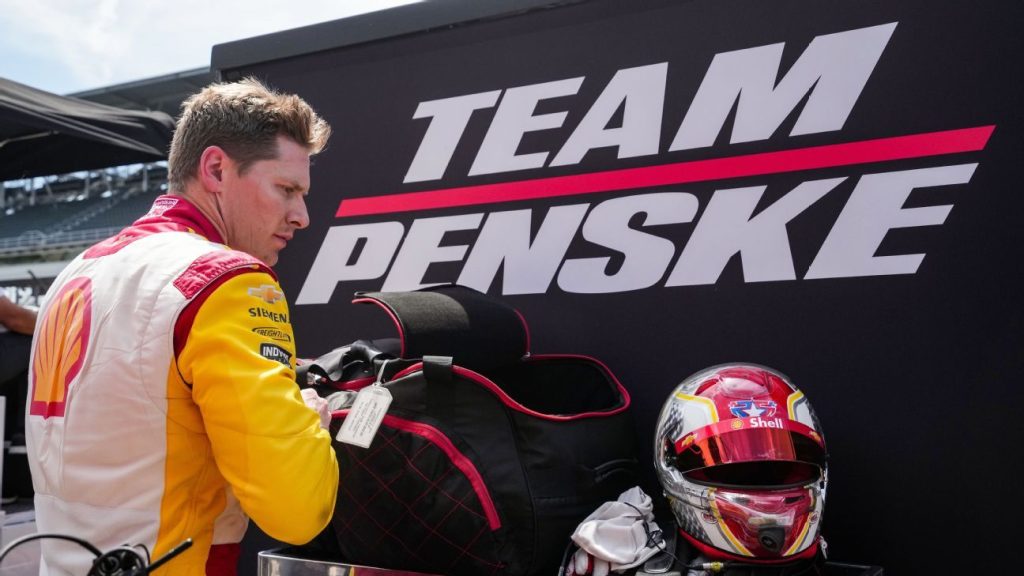The Super Bowl of motor racing has arrived with race week at the Indianapolis 500, a historic event since 1911 and the largest single-day sporting event in the world. The lead-up to this year’s race has been unforgettable.
However, there are aspects that Roger Penske, the owner of both the Indianapolis Motor Speedway and the IndyCar Series, wishes to forget. Penske also manages Team Penske, which participates in the series at his own track. For the second time since April 2024, his team has been found guilty of cheating. Two of the three cars, including defending Indy 500 champion Josef Newgarden‘s, will start at the back of the field in Sunday’s race.
What Led to This Situation?
Unlike Formula 1, IndyCar has strict regulations. While teams like McLaren and Red Bull engineer custom cars each year, IndyCar employs a spec formula, requiring all teams to use an identical model produced by Dallara.
The vast majority of modifications to the Dallara DW12 are prohibited. The chassis and over 90% of its components must remain unchanged throughout their competitive lifespan. Penske’s team was caught altering the rear crash structures on two of its cars, which violates the rules. They applied filler materials to the sides of the structures and coated them to smoothen airflow at high speeds.
Penske’s IndyCar Technical Inspection team identified these illegal modifications. During Pole Day qualifying, inspectors flagged the alterations and informed the team that Newgarden and 2018 Indy 500 winner Will Power had failed inspection before the qualifying session began. Despite the prohibition on car modifications once qualifying started, Penske mechanics were spotted trying to fix the illegal components, further complicating the situation.
Historical Context
This is not the first instance of dishonesty from Team Penske. In 2024, the team manipulated their car’s software, enabling their drivers to access an illegal turbo boost feature. This situation drew parallels to Formula 1’s DRS system and resulted in the team losing both their win and second-place finish, leading to suspensions of senior team members.
Consequences and Reactions
IndyCar president Doug Boles initially postponed penalties, which was not well received, but later announced that Newgarden and Power’s starting positions were revoked, moving them to the back of the grid. Fines of $100,000 were imposed on each car, and Cindric and Ruzewski were once again suspended. Penske, in a decisive move, dismissed both individuals along with team manager Kyle Moyer.
Paddock Sentiment and Series Impact
Due to the notoriety of Team Penske and this being their second rules violation in a year, sympathy from rival teams has been scarce. Although some team owners respect Roger Penske and question his direct involvement, they view the situation critically. Big media outlets have spotlighted the scandal, further darkening the image of IndyCar just days before the prestigious 500.
Despite the controversy, Penske’s swift actions indicate a commitment to maintaining integrity within the series. As race day approaches, fans and participants alike hope to focus on the excitement that the “Greatest Spectacle In Racing” often delivers.



